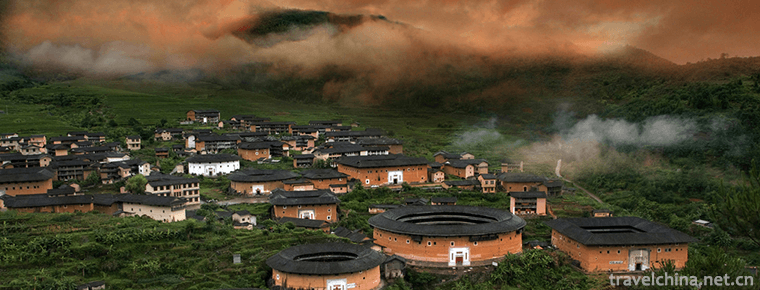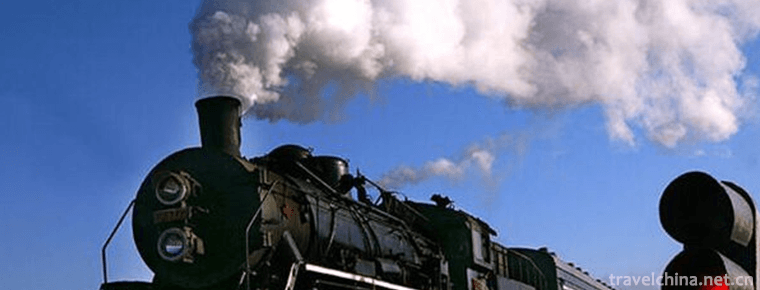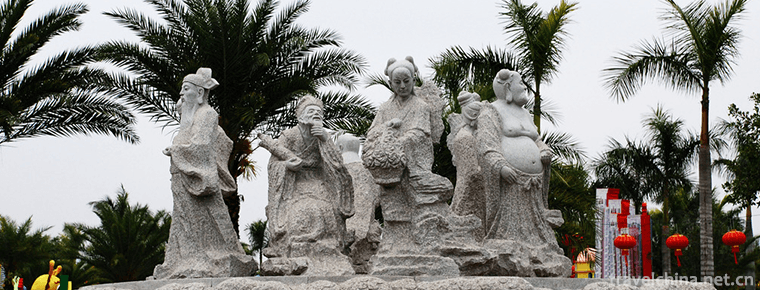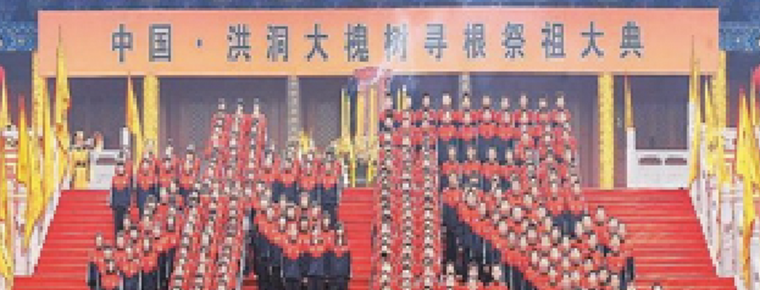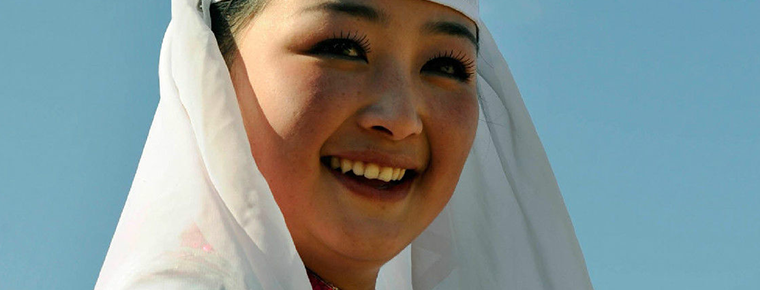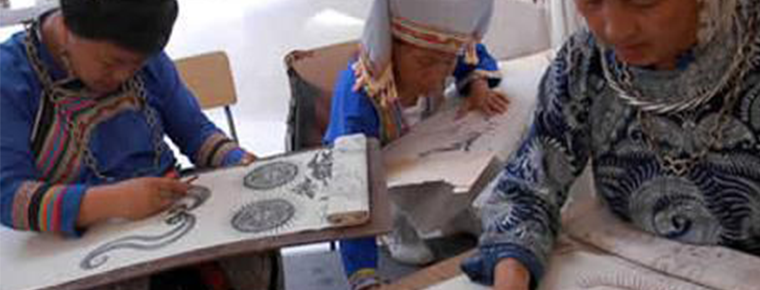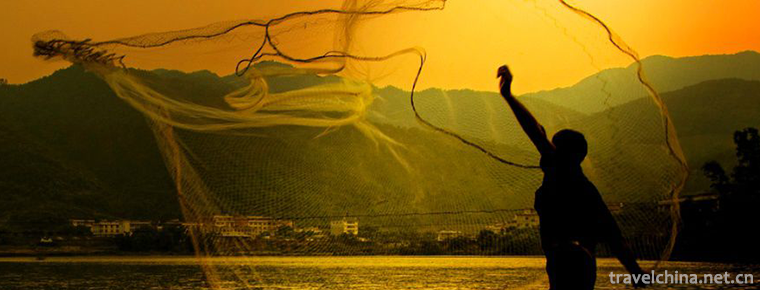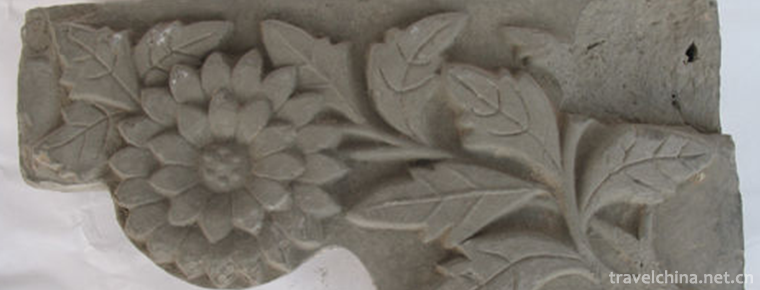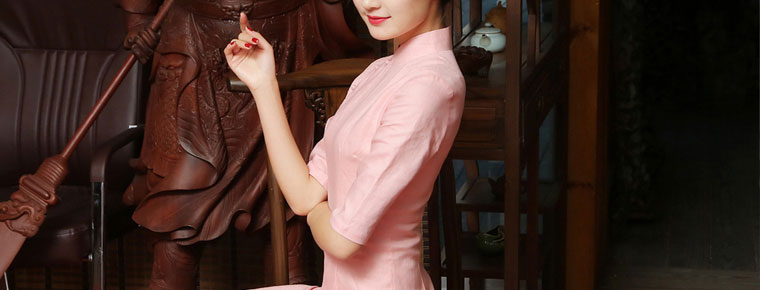Jiuquwan Hot Spring Resort
Jiuquwan Hot Spring Resort passed the inspection and acceptance by the National Tourism Administration in July 2006. On October 23, Jiuquwan Hot Spring Resort, a bright pearl of Nanning's tourism industry, was honored as the national AAAA-level tourist attraction. Jiuquwan Hot Spring Resort is located in Santang Town, Nanning City. It is located in Jiuquwan Farm with beautiful scenery. It is a hot spring resort with rich national flavor and local characteristics. It integrates tourism, sightseeing, vacation, leisure and entertainment, recreation, recuperation, hotel, conference, culture, real estate development and other business projects.
brief introduction
Jiuquwan Hot Spring Resort is located in Santang Town, Nanning City, capital of Guangxi. It is located in the beautiful Jiuquwan Farm, only 12 kilometers away from the city center. It has convenient transportation and enjoys a unique geographical environment.
On the morning of October 28, Zhang Wen, Vice Chairman of the CPPCC Autonomous Region, presented the plaque of "National AAAA Tourist Scenic Spot" to Jiuquwan Hot Spring Resort on behalf of the National Tourism Bureau at the opening ceremony of the 2006 Nanning Southeast Asia International Tourism Food Festival. In the afternoon, the listing ceremony was solemnly held in Jiuquwan Hot Spring Resort. At the listing ceremony, Yuan Fenglan, deputy director of the Standing Committee of the People's Congress of the Autonomous Region, Xiao Jiangang, Director-General of Tourism Bureau of Guangxi, Xiao Yingzi, Standing Committee of Nanning Municipal Committee, Minister of Publicity, Vice Mayor of Nanning Municipal People's Government, and other leaders listed the national AAAAAA tourist attraction of Jiuquwan Hot Spring Resort. So far, Jiuquwan Hot Spring Resort has officially become the second national AAAA tour after Qingxi The scenic spots have added a beautiful scenic line to Nanning's tourism industry, created its tourism brand and improved its external image, further expanded the popularity of Jiuquwan hot springs in Guangxi, and also played a great role in promoting the second stage development of the resort.
Since its opening, it has been unanimously affirmed and praised by the vast number of guests at home and abroad, and highly praised for the quality of hot springs and the rich minority culture in the resort.
In recent years, Jiuquwan Hot Spring Resort has taken the opportunity of declaring AAAAAA-level national tourist attractions, constantly improving supporting facilities, making great efforts to rebuild environmental facilities, penetrating fine-quality awareness and humanistic care into every service detail, both hardware construction and software construction have reached a new level. Hard sweat brings rich returns. Winning the National 4A Class Tourist Scenic Spot is of great significance for Jiuquwan Hot Spring Resort to move towards the whole country and create a world-class tourism brand in the future. It will certainly promote the faster and better development of tourism in our city.
Lin Mouyue, chairman of Guangxi Guoyue Group, said that the success of "creating AAAAAA" was a glorious honor for Guoyue and a great joy for the tourism industry of our city. He hoped that with the help of "creating AAAA AAAA", Jiuquwan Hot Spring Resort would promote more scenic spots to join the ranks, make every effort to build tourism brand and promote the continuous improvement of the tourism function of our city.
Spring quality and curative effect
Jiuquwan hot spring water contains more than 30 kinds of trace elements and minerals which are beneficial to human body, such as metasilicic acid, metaboric acid, sulfide, fluorine and radon. It is a rare fluorine medical hot mineral water containing sodium bicarbonate and radon and metasilicic acid. Hot spring water gushes out from the compound circle of 1219.94 m underground geothermal field. The daily water inflow amounts to 744 m3/d. The water temperature is between 53.5 C and 61 C. The water quality is crystal and smooth. It has been strictly tested by Guangxi Center of Geology and Mineral Resources, Guangxi Center for Disease Prevention and Control, Guangxi Health Food and Biological Product Quality Supervision and Inspection Station. The mineral water age is about 12,000 years. The spring water contains metasilicic acid and metaboron. Acids, sulfides, fluorine, radon, lithium, strontium and more than 30 kinds of trace elements and minerals which are beneficial to human body are rare sodium bicarbonate-type hot-grade fluorine medical hot mineral water containing radon and metasilicic acid. For many chronic diseases, such as nervous paralysis, paralysis, rheumatoid arthritis, gastrointestinal diseases, heart disease, hypertension, diabetes, arteriosclerosis and other obvious auxiliary treatment effect, and with the prevention and treatment of skin diseases, inhibit obesity, cosmetic skin and other health medical effects.
Scenic food
Powdered dumplings: Nanning's famous local snack, dumpling skin is made of rice grinding powder, transparent color, thin as cicada wings, stuffing is minced fresh lean meat, mushrooms, horseshoe, when eating Lin Huangpi sauce delicious, fresh and not greasy.
Lemon duck: Lemon duck is a special dish in Wuming County, Nanning City. The method is to cut the ducks after slaughter into pieces and fry them in a pot until they are six-part cooked. Then they are put into the shredded hot pepper, mustard head, ginger, lemon, plum, ginger and garlic paste. They are simmered until eight-part cooked together. Then they are put into a salt drum. After they are cooked, they are poured with fragrant oil and then they can be discharged from the pot. Its taste is hot and sour, delicious and extremely prosperous.
Eight treasures rice: soak glutinous rice wet, mix with edible oil, mung bean, lily, lotus seed, white fruit, dense jujube, mountain yellow peel, winter melon sugar and other ten kinds of tonic raw materials, steamed and cooked immediately. It is famous for its soft fragrance, sweet but not greasy.
Porridge: Nanning people like to eat porridge for breakfast, and there are more than ten kinds of porridge, such as lean porridge, pig red porridge, preserved egg porridge, frog chicken porridge, etc. Characteristic is fragrant, hot and delicious.
Climatic characteristics
Nanning is located in the south of the Tropic of Cancer. It is a humid subtropical monsoon climate with abundant sunshine, abundant rainfall, less frost and no snow, mild climate, long summer and short winter, with an average annual temperature of about 21.6 degrees. The coldest months in winter are 12.8 degrees Celsius in January, and the hottest months in summer are 28.2 degrees Celsius in July and August. The average annual rainfall is 1304.2 mm and the average relative humidity is 79%. The main climatic feature is hot and humid. Relatively speaking, it is generally wet in summer, but slightly dry in winter, with distinct dry and wet seasons. Summer is much longer than winter and the heat lasts longer. The climate is mild in spring and autumn, and the concentrated rainy season is in summer.
Superior climatic conditions make Nanning green, prosperous and rich in products all the year round. In this way, there is also the saying that "grass passes through winter but does not wither, and flowers do not blossom in spring".
Traffic information
Self-driving and bus routes:
(1) Self-driving: Starting from Nanning International Convention and Exhibition Center, it can be reached by driving about 10 kilometers. It only takes about 15 minutes to drive from downtown to Jiuquwan Hot Spring Area.
(2) No. 22 bus passes through Jiahe scenic spot: Jiahe City - Sankeshu - Sifengchang - Erzhuanchang - Songbaicun - Jiuquwan intersection (Jiuquwan Hot Spring Resort Gate) - Santang - Nanwubin intersection - Shanchang - First Detention House - Jinqiao Passenger Transport Station - Highway intersection - Jiangqiaocun intersection - Medical Botanical Garden - Ertang - 2km - Xiaojicun Shajiang Bridge - Nanwu Landscape Intersection - Nanwuwangzhou Intersection - Mingxiu Wangzhou Intersection - Mingxiu Market - Huqiu - Mingxiu District - Mingxiu North Lake Intersection - Hengyang Road - Youyi Hengyang Intersection - Youyi Nanmian Intersection - Youyi China Intersection - Youyihua East Intersection - People's Youyi Intersection - Chaoyang Square
(3) No. 20 bus passes through the station to Jiuquwan scenic spot:
1 Jiuquwan Hot Spring
2 Jiuquwan Farm
• 3 three pond
4 Yongbin intersection in Kunlun
5 Jinqiao Agricultural Products Market South Gate
6 Jinqiao Passenger Station
7 Nanwu Expressway Intersection
8 Jiangqiao Village Intersection
9 Medicinal Botanical Garden (Dajiahui Commercial Port)
10 Xingning District Government
11 Hang Chu Avenue North
12-compartment bamboo interchange
In 13 compartments of Bamboo Avenue
14 Zhuling Interchange
15 Guangxi Water Conservancy and Electricity Group
16 Changhu Xiangzhu intersection
17 Changhu Jinhu intersection
18 Changhu Binhu junction
19 Changhu Tea Garden Crossing
20 Dongge Changhu Crossing
21 Dongge Guangyuan junction
22 Dongge Wangyuan junction
23 Gecun Dongge intersection
24 Gecun Dongbao Crossing
25 Gecun Xinzhu intersection
26 Xinzhuyuan Lake junction
27 Yuanhu National Intersection
28 Yuanhu East One Mile Crossing
29 South Lake Park
30 Xinghu Erli intersection
31 Xinghu Yili intersection
32 days Taoqixing intersection
33 days Taotaoyuan intersection
34 District Hospitals
35 Botanical Road
36 Sanhao 3 Hospital
(4) Bus No. 606, No. 101 and No. 803 to the scenic spot.

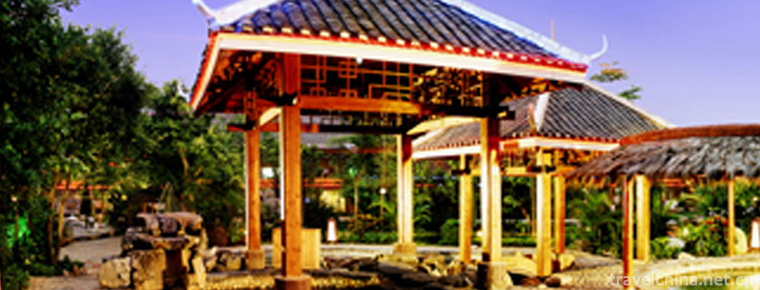
-
Fujian earth building (Fujian Tulou)
Fujian Tulou is also called "Hakka Tulou" because most of it is built by Fujian Hakka people. Tulou came into being in Song and Yuan Dynasty and matured in the late Ming.
Views: 174 Time 2018-12-08 -
Shanghai Chen Shan Botanical Garden
Shanghai Chenshan Botanical Garden is located at 3888 Chenhua Highway, Songjiang District, Shanghai. It was opened to the public on January 23, 2011. It was built by Shanghai Municipal Government in c.
Views: 146 Time 2018-12-19 -
Yunpu Dongtian Tourist Area
Yimeng Yunpu Cave Tianshan Scenic Area is located in Feixian County, Shandong Province. There are five scenic spots: Tour Stone, Tianmeng Lake, Drunken Stone Forest.
Views: 112 Time 2018-12-22 -
Iron Coal Steam Locomotive Museum
Tiaobingshan Steam Locomotive Museum, formerly known as Iron Coal Steam Locomotive Museum. National AAAA-level scenic spots and national industrial tourism demonstration sites.
Views: 188 Time 2019-02-22 -
Legend of Eight Immortals
The legend of Eight Immortals is one of the local folklores in Shandong Province. The legend of Eight Immortals originated very early. The legend of "Eight Immortals Crossing the Sea, Each Showin.
Views: 208 Time 2019-04-02 -
Custom of sacrificing ancestors to the great locust tree in Hongdong
During the period from Hongwu to Yongle in the Ming Dynasty, an unprecedented migration took place under the great locust tree in Hongtong. It lasted 50 years and moved 18 times.
Views: 111 Time 2019-05-03 -
Hui Costume
The main symbol of Hui costume is the head. Men like to wear white caps. Hui women often wear a hood. Older Hui women wear black or brown headscarves in winter .
Views: 111 Time 2019-05-04 -
Batik art
Miao batik technology, the traditional handicraft of Danzhai County, Guizhou Province, is one of the national intangible cultural heritage..
Views: 111 Time 2019-05-10 -
Fishing Song
Fishing songs are a kind of Chinese folk songs sung by fishermen in coastal areas of China and lakes and harbours. If popular in Shanwei City, Guangdong Province, collectively known as Shanwei Fishing.
Views: 172 Time 2019-07-14 -
Brick and plastic
Brick sculpture is the handicraft of folk craftsmen. It is made of mud into various animal models. Some of the images are realistic, but more are romantic and exaggerated ways of expression, the shape.
Views: 130 Time 2019-08-10 -
Sichuan Minzu College
Sichuan College for Nationalities is a full-time general undergraduate college in Sichuan Province. It is also the only national undergraduate college in Kangba Tibetan District. It is located in Guza.
Views: 174 Time 2019-08-31 -
Appreciation of short sleeve cheongsam
In the late summer and early autumn, the weather is chilly in the morning and evening. As long as you put on some thin shawls, you can wrap some cloth shawls and tighten them on your chest..
Views: 309 Time 2020-12-11
